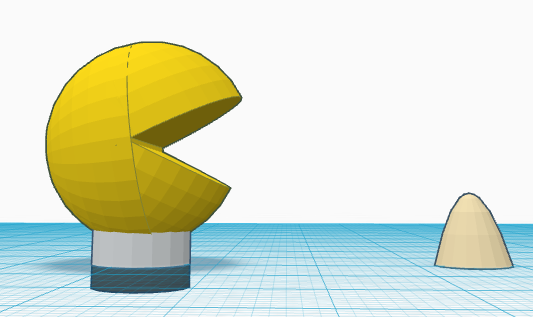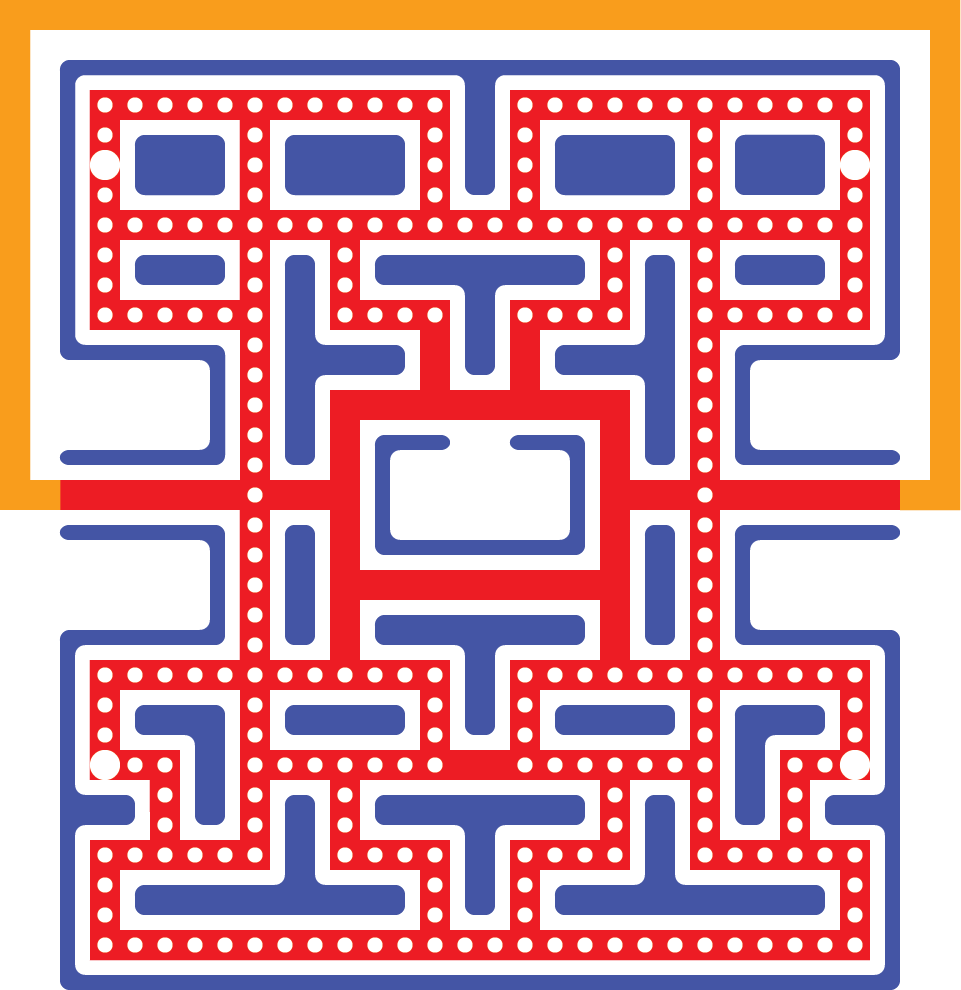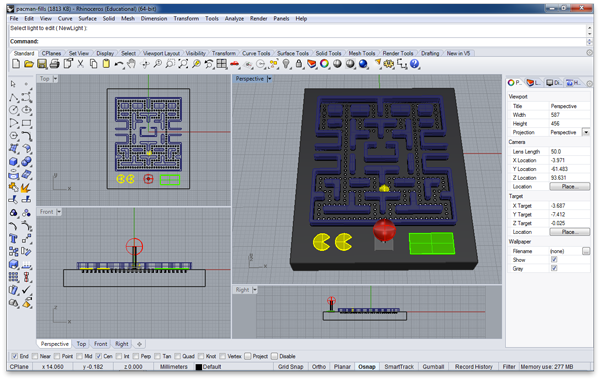Computer-Aided Design
For our first week's assignment we were tasked with fleshing out our final project ideas into 3D models. I experimented with several popular packages, including Google Sketchup, Blender and Tinkercad- but chose to make my render with Rhinocerous.
After our lecture I felt inspired to play with some modelling software as soon as possible. I have (very limited) experience with Maya and 3DS Max but apart from that, this is all completely new to me.

Having followed various 'maker' blogs for the past few months, I was already aware of the existence of Tinkercad and had wanted an excuse to try it for some time. In no time at all I had designed a simple 3D PAC-MAN on a magnetic stand... in my browser! I loved the simplicity of the tool and the tutorials were excellent but while I can see how it might be great for some small jobs, I did feel quite constrained by its simplicity, at least for what I was trying to achieve. Time to move on...
Surprise Surprise!

I found a trial version of Rhino 5.0 (32-bit, Windows XP via VMWare Fusion) that had gave the user full functionality until their had been saved 25 times. For my first effort with Rhino I didn't actually press save until I'd spent about 45 minutes working with it. On doing so the app crashed and I lost everything. Whoops.
Illustrator
It had taken me much longer than it usually would to draw simple 2D shapes in Rhino, although I am sure this was due to my lack of familiarity with the interface more than anything else. Anyway, after looking through some YouTube videos, I noticed that Rhino could easily import Adobe Illustrator .ai files. This was brilliant news for me as I'm already quite familiar with Adobe's products, so I was quickly able to mockup a vector version the basic game grid. The nice thing about the image below is that the underlying grid is exactly the same as the original game one.

Track
This is the range of PAC-MAN's movement in the game. Having done some more research I have adapted my original plans from moving him around with a motor and wheels to making him magnetic and moving a magnet around beneath the board.
The orange track shows how I plan on moving PAC-MAN from one side of the board to the other if he leaves the side of the maze.
Pellets
These are the precise positions of the pellets in the game, they are centred their respective grid tile as they are in the arcade game. I am yet to determine how I will include ghosts on the board, but after a few technical conversations I'm about 90% sure that they will be represented by LEDs, alongside the pellet LEDs.
Walls
It wouldn't be PAC-MAN if our hero wasn't inexplicably trapped inside an unescapable labyrinth. I'd like the walls to be raised and - if possible - lit on the edges, to give an accurate representation of the arcade game aesthetic.
Second time round I made sure to use at least a couple of my allocated saves and I was really pleased with how quickly and easily I could get a basic representation of what was in my head onto the screen.

Latest Designs
This week's final efforts for the design include backlit life indicators, that will dim when PAC-MAN is caught by a ghost. A 4-way joystick for controlling our hero, and an LCD screen that will display the player's score.
In terms of software, I changed everything from my initial unstable install of Rhino. I'm now using Rhino 64-bit, on Windows 7 via Parallels. For now at least, everything seems much more stable. However, that could also be because I formatted my hard-drive and reinstalled OS X from scratch (something I, admittedly strangely, feel compelled to do about 3-4 times a year).
And Parametric Design?
We had a short lesson with Grasshopper this week, and it really opened my eyes to what Rhino is actually capable of. In the coming days I plan on showing how tilting the joystick will move the magnet beneath the board, that will in turn move our limbless yellow friend around his maze.
I'm looking forward to trying Kokopelli too. From what I have seen so far it looks like it could have enormous potential.


